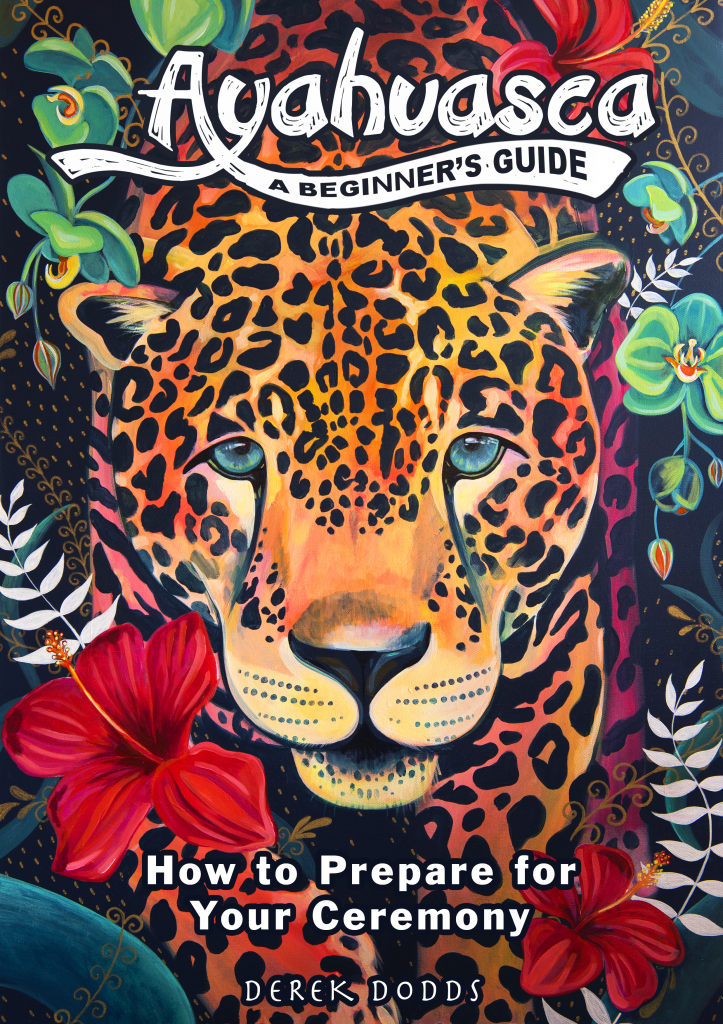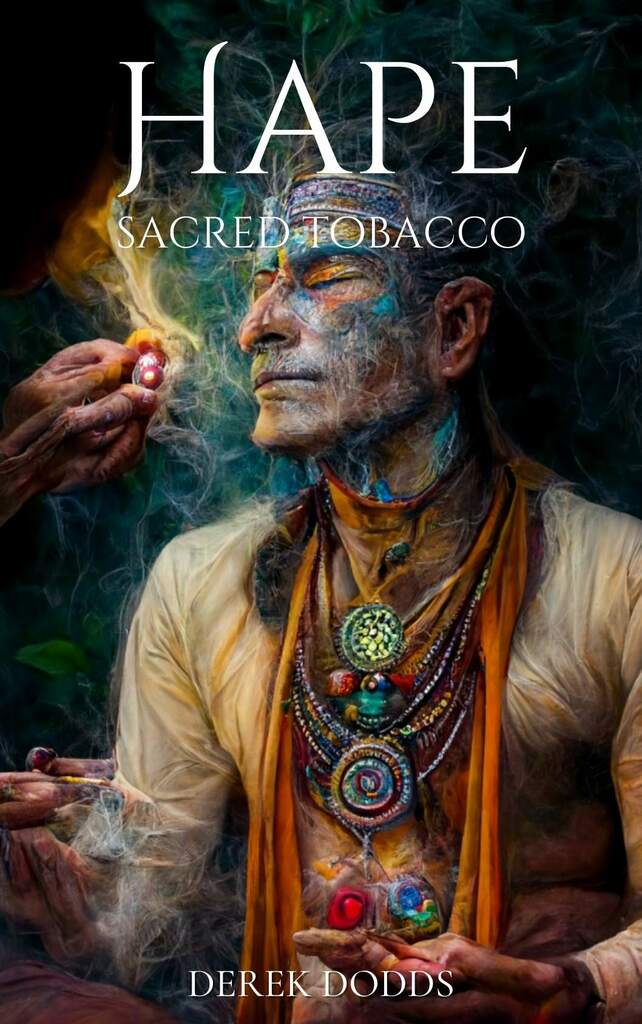Goddess Durga Maa – Unleashing the Warrior Goddess
Hindu mythology has no shortage of great and powerful beings, including war gods or gods doing battle. Goddess Durga Maa is the goddess of war. Like the other gods and goddesses, she is known by many names. The word Durga means fortress; in her most powerful form, she is known as the protective mother. An aspect of Shakti or Devi, the feminine divine power, she became famous for defeating a terrible demon, Mahisa.
Another popular goddess, Durga’s aspects aren’t bound only to her battle skills. She’s sometimes equated with the power that makes Vishnu sleep. Others name a demon called Durga, which Parvati was asked to slay. Parvati takes the form of a warrior goddess, slays the buffalo, and is known afterward as Durga. Yet another account suggests that Parvati sheds her outer sheath when a duo of demons threatens creation, and the sheath becomes Durga.

In the Devi Mahatmya, Durga is associated with sleep, hunger, shadow, and thirst. Durga is also called delusion, demoness, black night, darkness, and the force that leads those of knowledge to delusion. In this way, Durga is the opposite of the other goddesses who embody a god’s shakti. She’s equated with their inability to use their power and must be provoked away before that power can be utilized.
Sometimes equated with a female form of Vishnu, Durga shares none of his aloof characteristics. At the end of Devi Mahatmya, the great and mighty warrior queen is quick to intercede for devotees personally. She lists in the text that she will save them from wild animals, robbers, execution, and battle. If they’re distressed, she will restore wealth and kingdom or give ultimate freedom.
Goddess Durga Maa creates fearsome creatures on later battlefields to help her defeat her foes. The most famous of her creations is the goddess Kali. She also creates the Matrikas, or mothers, which number seven. These fierce, bloodthirsty goddesses embody Durga’s fury. She doesn’t create male helpers. However, it’s understood that, though she’s often portrayed as more powerful than the other gods, she goes into battle when asked by them. The gods don’t join her, but they celebrate her inevitable victories.
Like the other gods and goddesses, Durga embodies the ideas of Shakti and Prakriti, but she’s also strongly associated with the element of Maya. As mentioned, Durga is a composite of the gods’ power, their shakti. Still, as she’s viewed as no one’s consort, with a notable exception, she embodies no god’s power. Instead, she has taken control, and when associated with Vishnu or other gods, her power mutes that of her male counterparts.
Regarding prakriti, Durga Maa God is often termed the earth itself. She makes, protects, and sustains it. She is the foundation and nourishment of all creatures. When she protects the earth, she defends herself as well.
The darker, more ambiguous idea of Maya is a bit unique to Goddess Durga Maa. Maya has many negative connotations. It’s this association that gives Durga a connection to sleep, darkness, and delusion. Maya is the force that compels one into selfish pursuits and egotism. With Durga, Maya is both a creation and a delusion.
This association is created from the belief that the gods make and intercede as a means of entertainment, called Lila. In this belief, the gods act because a fight is fun. This is underlined in images of Durga, where she falls upon Mahisa, half emerged from the buffalo, but her face is serene. She’s undertaken this great battle and has agreed to step in for the other gods for fun.
Durga Maa God is often associated with the fringes as an independent war goddess. She prefers meat, drink, and battle over the other goddesses’ generally calmer, more dutiful roles. She likes living in wild places like the mountains. Yet, she loses none of her feminine aspects in this role.
Durga’s Origin
Durga Maa God is mentioned in early Vedic texts, but the contemporary version of the warrior goddess doesn’t resemble any goddess until later. Several Vedic deities slay demons, but no goddesses in Vedic mythology undertake this role.
It’s theorized that Goddess Durga Maa, the goddess, was a non-Aryan deity who was assimilated into later Vedic culture. This fits with some classic descriptions of Durga as wild and occupying space at the threshold of cultured society.
Another aspect that sets Durga apart is through worship and sacrifice. She has a connection with fertility, or at least crops, as her festival is held at harvest. Durga is also given blood offerings connected with fertility rituals. She’s heavily associated with the Vindhya Mountains, whose tribesmen drank liquor and blood and ate meat. In the male-dominant Vedic culture, Durga is associated with other goddesses of battle, power, and blood.
As mentioned, her origins in the contemporary pantheon are varied. In one account, Vishnu asks her to help deceive a demon threatening Krishna as an infant. In another, Brahma asks her to leave Vishnu’s body so Vishnu can slay the demons Kaitabha and Madhu. Of course, she has various associations with Parvati.

Durga’s most popular and well-known origin is as a composite of the male gods’ power. In the story, the demon Mahisa is granted the blessing of being invincible to all but a woman. Mahisa defeats the gods in battle and takes over.
The gods discharged their energies, angered by Mahisa’s success and inability to stop him. Their energies combined into the body of a beautiful woman who sometimes rose from the river Ganges. Each god created her parts in turn. Shiva formed her face, Vishnu her arms, and Yama her hair. Brahma began her teeth, Indra her torso, and Chandra her breasts. Bhudevi crafts her lower body, Varuna her thighs and knees, and Agni her eyes.
The gods then bestow upon her powerful weapons, which she holds in each of her 10 hands. Armed with their power and their weapons, Goddess Durga Maa confronts Mahisa. Mahisa changes form many times in his efforts to defeat her, and it’s as a boar that their final confrontation ensues. Durga defeats him and saves the universe.
In a similar story from a different region, Mahisa is cast as a suitor. Durga warns him she’s cursed to fight anyone who wants to wed her and will only submit to the one who defeats her. Mahisa tries anyway and is promptly defeated. In another tale, Mahisa brings other demons to battle Durga as well. Still, Durga defeats them.
In the Mahisa tradition of stories, a few describe the goddess drinking wine while in battle. Under the wine’s influence, she glares and laughs. The myth ends in Mahisa’s death, with Durga’s power undiminished by her thirst.
Goddess Durga Maa Symbology
Described as fearsome and beautiful, Goddess Durga Maa is portrayed as having 8 or 18 arms. She is commonly depicted with 10 and has three eyes, like Shiva. Her vahana, or vehicle, is the mighty lion or lioness she stands upon. The lion symbolizes determination, power, and will.
Durga’s weapons are a bow and arrows, a lightning bolt, a half-bloomed lotus, a pot of holy water, a conch, the spinning discus known as Sudarshana Chakra, a sword, and a Trishul, which is a type of trident. These powerful weapons are symbolic of the god they’re from and as an icon.

The bow and arrows are gifts from the wind god Vayu. The bow represents potential, and the arrows represent kinetic energy. Durga shows her mastery of both kinds of energy. The lightning bolt is from the storm god Indra. The lightning bolt can destroy anything it strikes without dissipating or altering its original form. It symbolizes the strength of conviction and personifies Durga’s rage in battle.
The half-bloomed lotus symbolizes both success and humility. It’s the symbol of Brahma, which also associates it with wisdom. The pot of holy water is also from Brahma and signifies wisdom.
The conch, a gift from the sea god Varuna, symbolizes the word Om. The Sudarshana Chakra is Vishnu’s discus. The discus, which spins around the finger of the hand it’s held in, destroys evil forces no matter what or who they are and symbolizes her preeminence over the universe. The sword is a gift from Yama, the god of the dead, and represents knowledge that shines through any darkness.
The Trishul is Shiva’s. In most texts, it’s the Trishul with which Durga Maa God succeeds in slaying Mahisa. The Trishul symbolizes tamas, sattva, and rajas, the three gunas. Durga uses the Trishul to ease spiritual, physical, and mental suffering.
Along with those weapons, Goddess Durga Maa is sometimes depicted with a spear, an ax, or a club, performing the fearless mudra or holding a snake. The spear, from Agni, symbolizes fiery power. The ax or club from Vishwakarma represents the powers of creation and destruction. The snake symbolizes awareness and Shiva’s energy.
Each of Durga’s eyes has its own symbology. Her left eye symbolizes the moon, construed as a peaceful or meaningful desire. Durga Maa God’s right eye represents the sun and action, and her middle eye symbolizes fire and knowledge.









0 Comment